The English Opening is renowned as one of the most strategically rich openings. It is a positional and calm opening. Yet underneath its quiet exterior, it packs an aggressive punch.
The most aggressive lines are those that feature gambits and traps (like the Mikenas and Anglo-Grunfeld).
Whether you play it with the white or black side, knowing these traps will allow you to catch an unprepared opponent off guard.
Like most mainstream openings, the English hides many traps and tricky lines. In this article, we will take a deep look at some of the most popular traps in the English Opening.
What is the English Opening?
The English Opening is a chess opening that begins with the move:
- c4
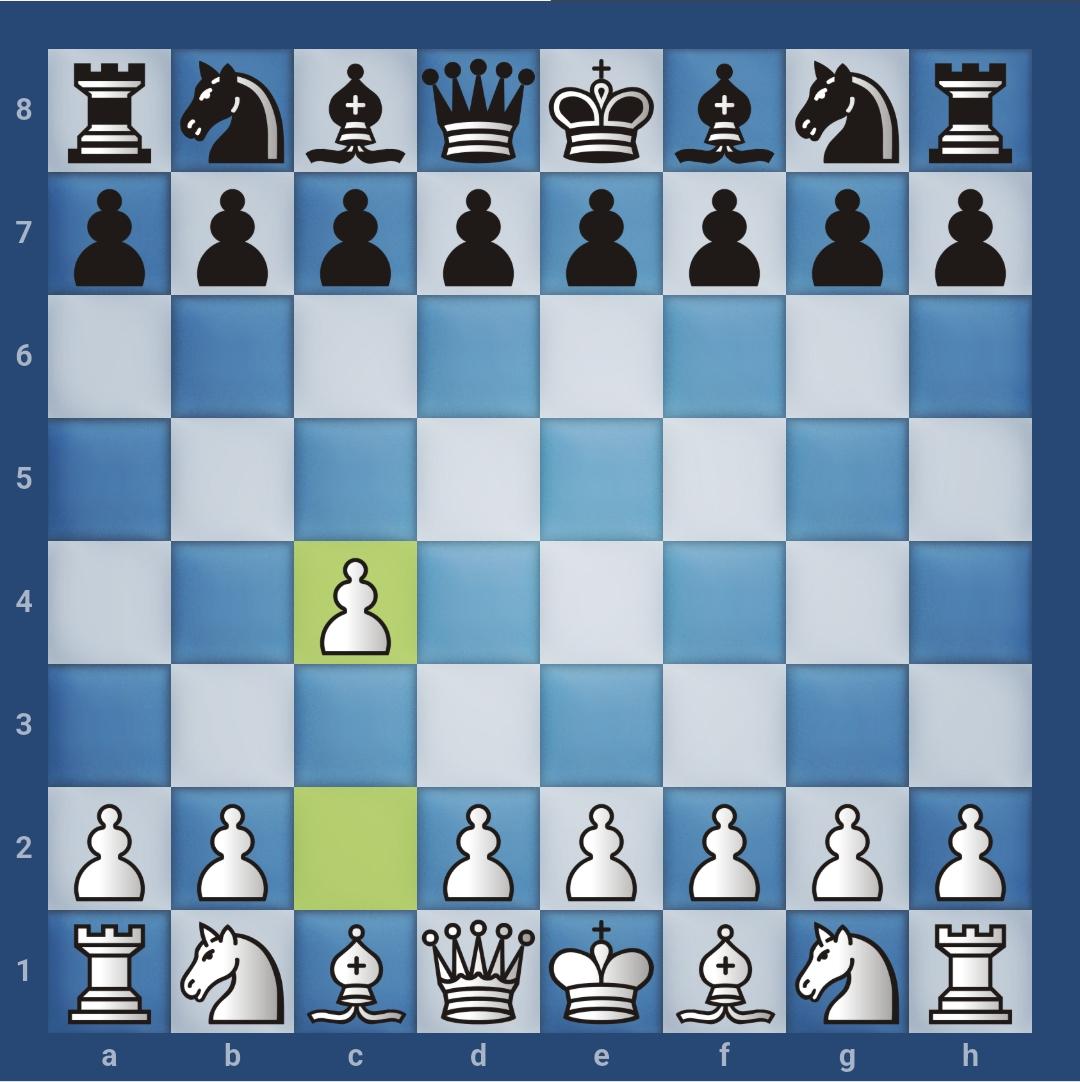
Historically, the opening is named after the English master Howard Staunton, who popularised it in the 19th century.
Some may be familiar with the Staunton name for the tournament chessboard design.
At its core, the English Opening remains a flexible and strategic way to start a game. The games resulting from the English are usually positional.
However, it can become tactical if both sides choose to walk that path.
The English opening was the top choice of several World Champions, including Garry Kasparov, Magnus Carlsen, Vishwanathan Anand, and Mikhail Botvinnik.
1. Trap #1 in the English Opening: The Mikenas Trap
Naturally, the English Opening is usually a calm, positional system.
But it can become sharp if Black misplays the Mikenas-Carls setup. One simple mistake can trap the queen in under ten moves.
Moves Leading into the Trap
- c4 Nf6
- Nc3 e6
- e4 d5
3.e4 marks the beginning of the variation, and black responds with the critical move d5. Both players then battle for centre control.
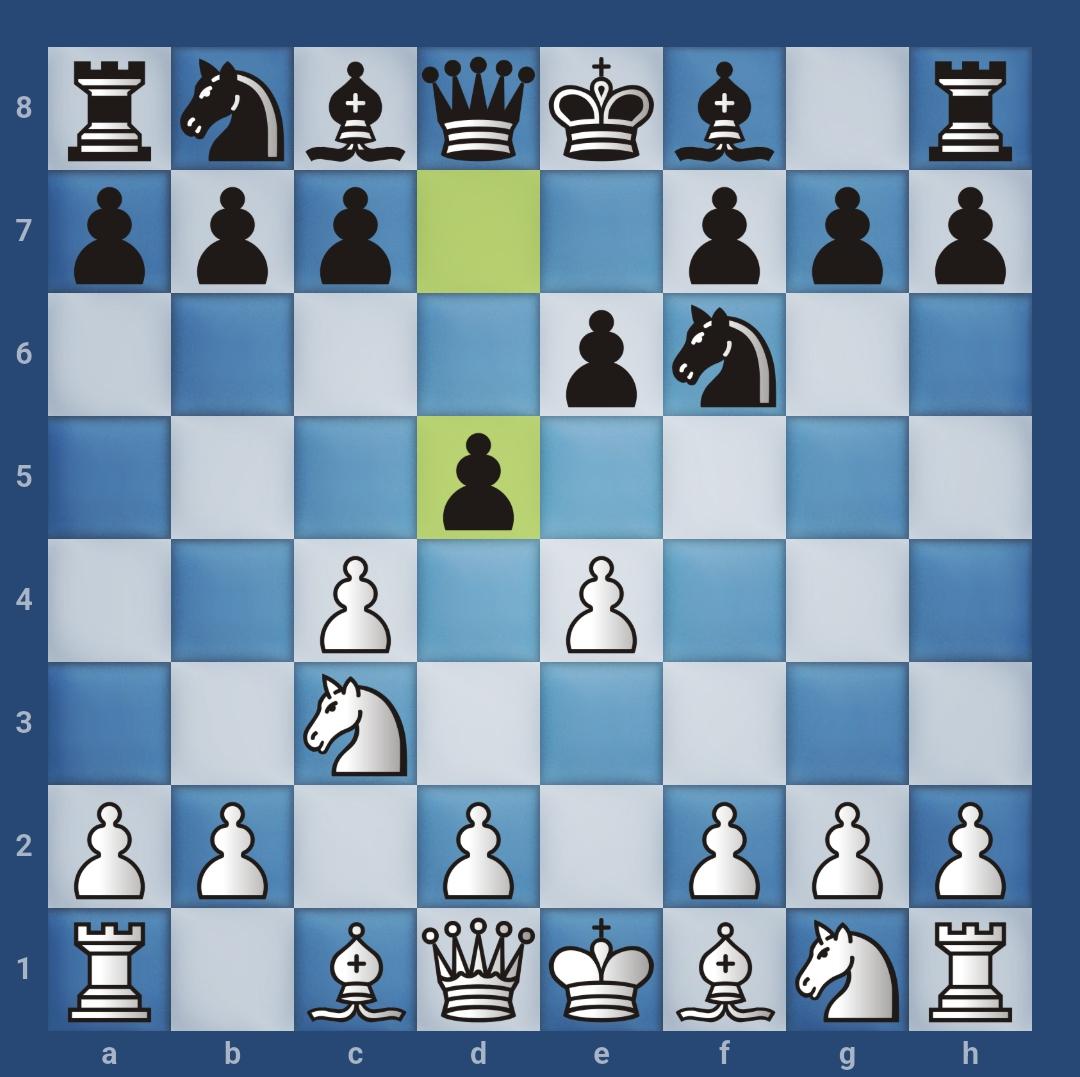
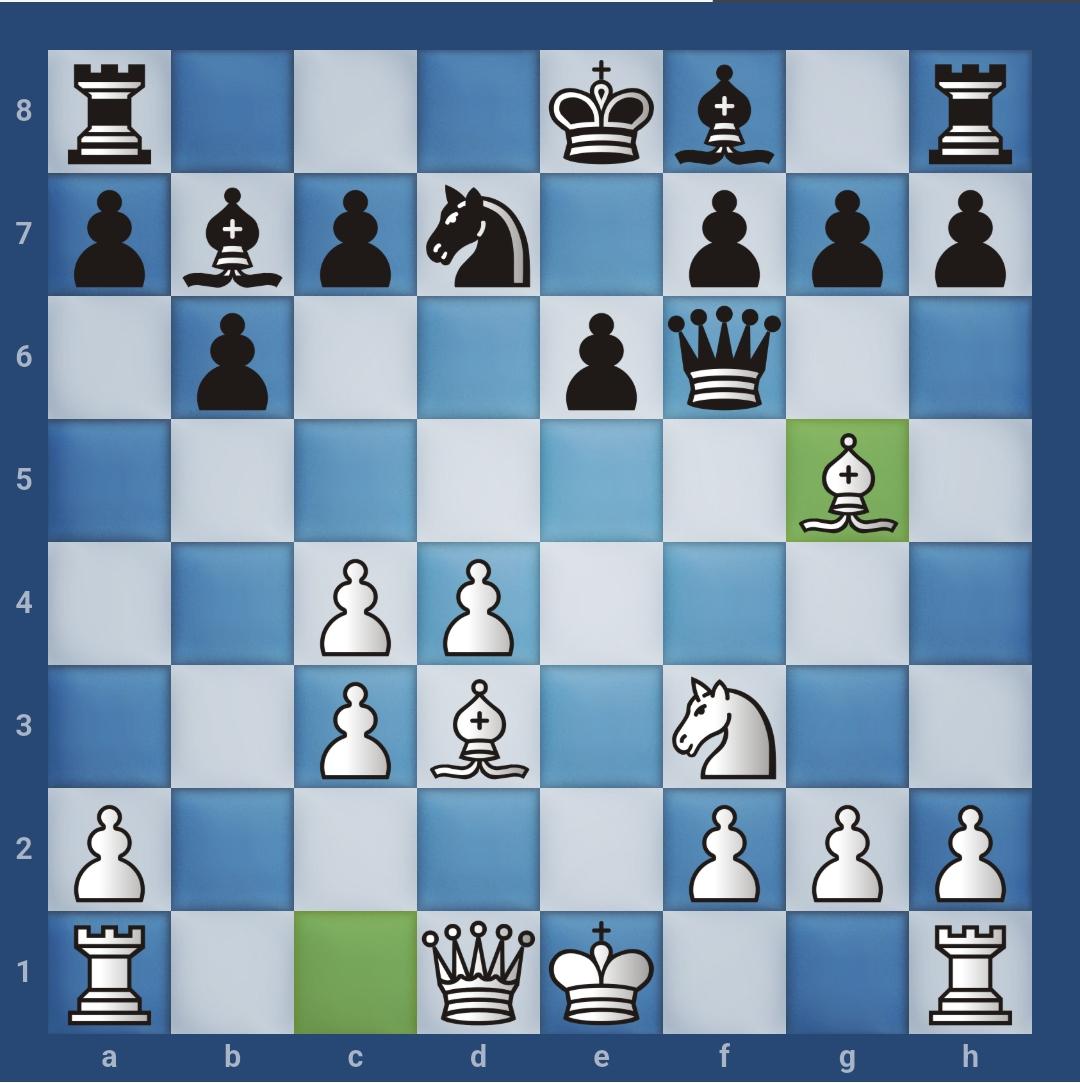
After …Bg5, the Queen is essentially trapped. If 10…Bxf3. White responds with Qd2, which maintains the advantage.
Why the Trap Works
- Black’s own development blocks the queen’s escape: After 9…Nd7, the queen on f6 is trapped. Nd7 is a move that most players play instinctively, making it a solid part of a blitz repertoire.
2. Trap #2 in the English Opening: The Grunfeld Diagonal Trap
This arises from the English Opening: Anglo-Indian Defence, Anglo-Grunfeld Variation. This trap is a perfect example of how board geometry and tactical knowledge can punish white’s impatience.
Moves Leading into the Trap
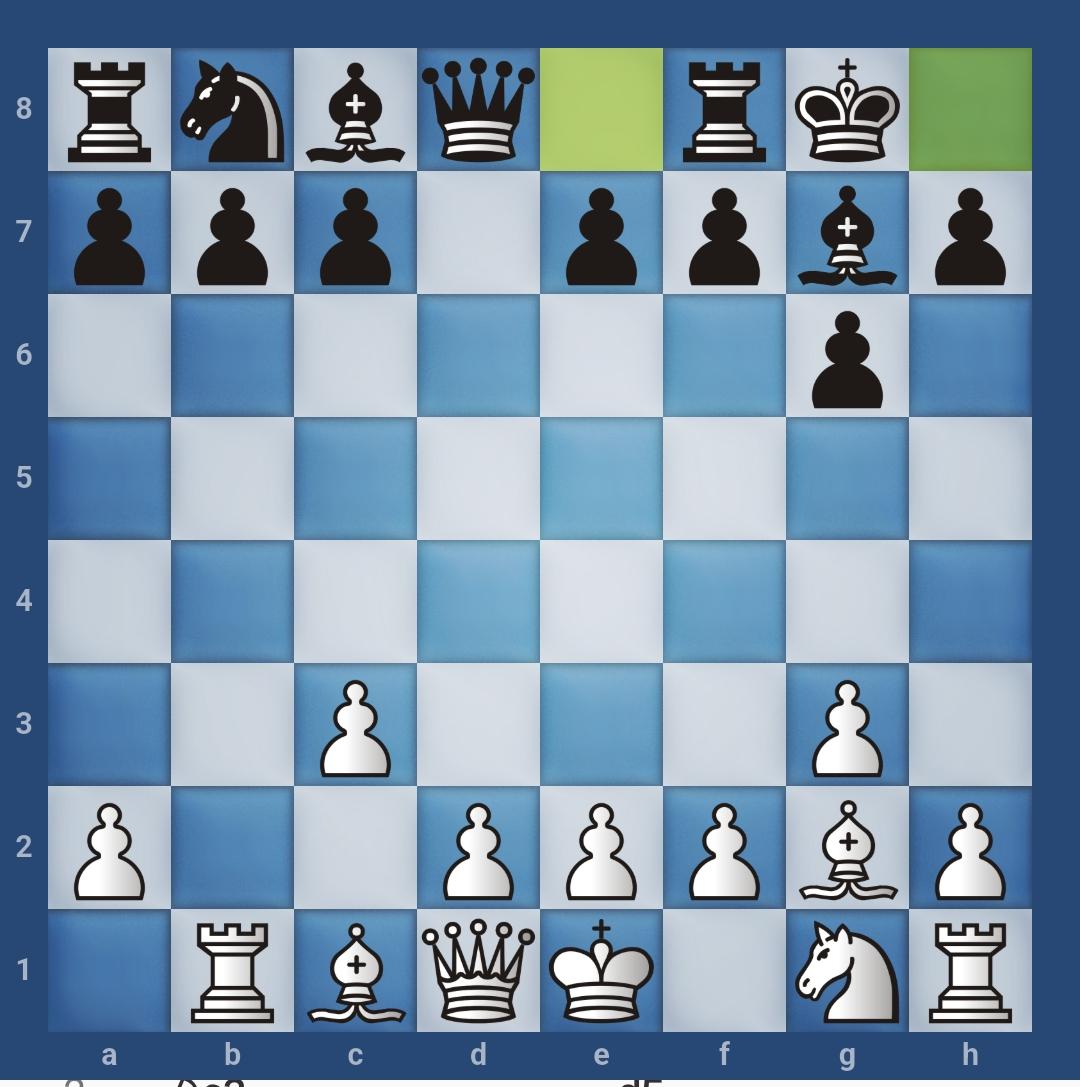
The trap starts after 8. Bxb7 when white goes for a greedy pawn grab:
In this trap, the position is even after 7…0-0. However, white’s greedy play with 8. Bxb7? falls directly into the ideas of the trap.
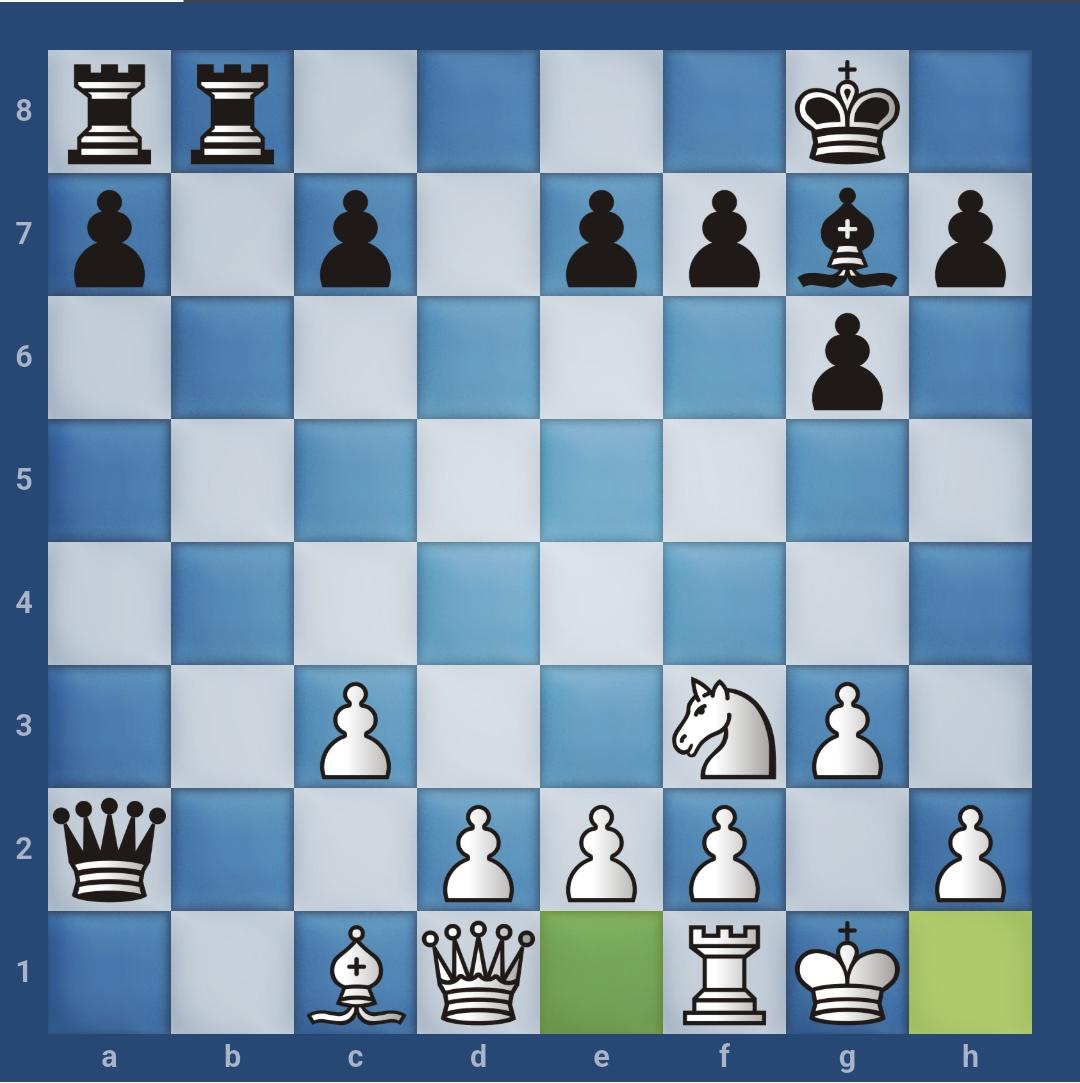
Why the Trap Works
- Rushed material gain: White’s attempt to grab a pawn on b7, neglecting development and his queen’s safety. Black rapid coordination and tactical strikes compensate for the pawn sacrifice.
- Diagonal Overload: It is easy for white to underestimate the combination of the a8-h1 diagonal. The open files and bank rank issues, in combination with the Bishop movement, make this trap a lethal weapon.
3. Trap #3 in the English Opening: The Poisoned Prophylaxis
This trap arises from the King’s English variation of the English Opening, specifically the Three Knights system.
It is a trap built on deceptive quietness. Clueless, Black tries to play safe moves like… h6 and …Bg7. But those very “prophylactic” moves backfire.
Moves Leading into the Trap
- c4 e5
- Nc3 Nc6
- Nf3 g6
- d4 exd4 The standard captures.
- Nd5
After 5.Nd5, the position is calm for both sides. However, black may decide to be too careful and play 5…h6.
The premature …h6 gives White enough time to expand with Nd5 and f4, leading to tactical domination and a rapid central control.
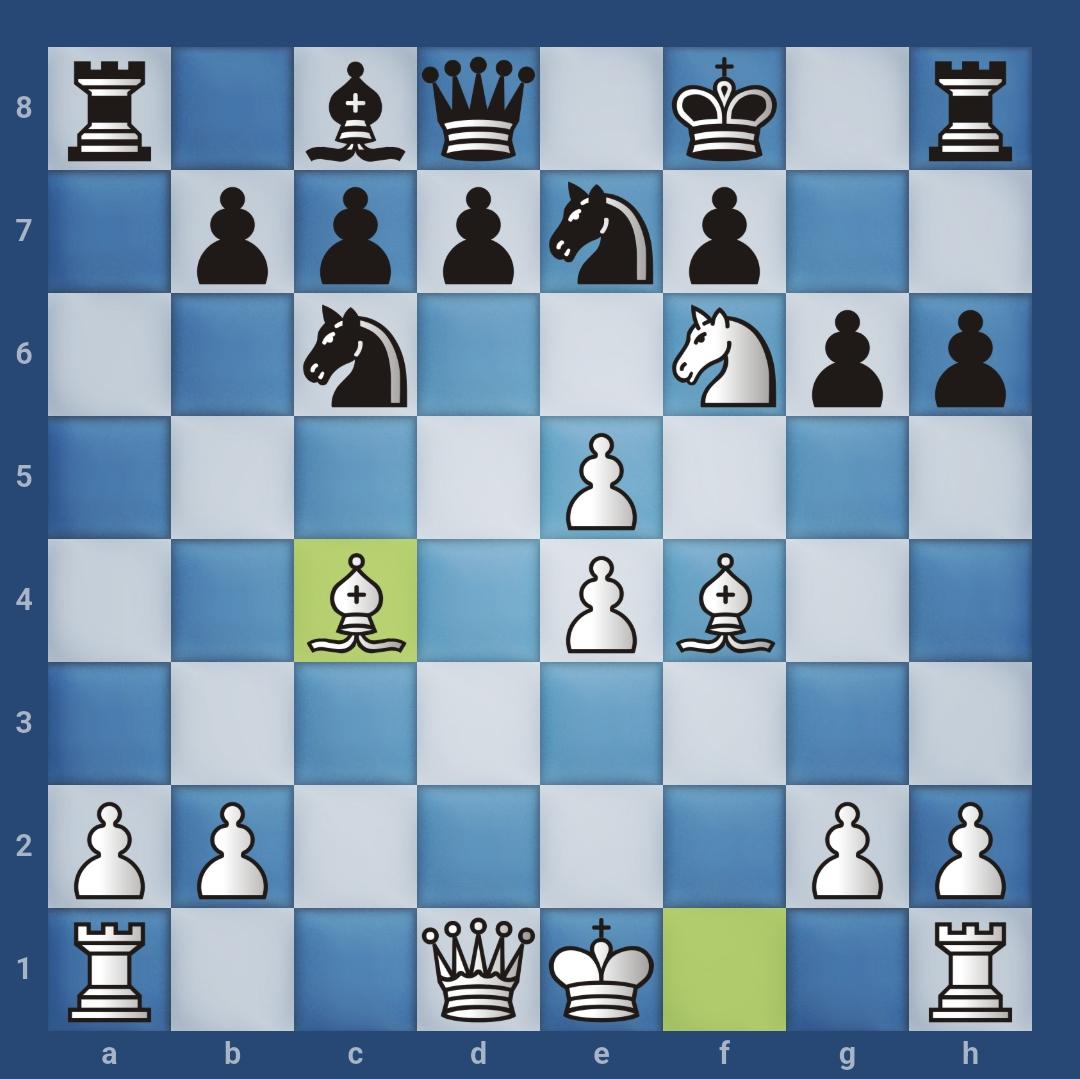
Why this Trap Works
- Punishes Premature pawn moves: The ‘seemingly’ safe …h6 weakens Black’s position and delays kingside development, giving White fast attacking chances.
- Exploits an uncastled king: White’s combination of Nd5 and f4 opens the centre, leading to an immediate and often checkmating attack.
How to Avoid Falling into English Defence Traps
- Prioritise piece development over material: Many English Defence traps tempt players with pawn grabs or early queen activity. Stick to sound development before aiming for material advantage.
- Be cautious with … h6 and …Bg7 setups: These moves define the English Defence, but can backfire if played without sufficient central control. Always ensure your centre is stable before expanding on the flanks.
- Watch for tactical ideas on the long diagonal: The c8–h3 (or a1–h8) diagonal is a recurring theme in English Opening traps. Guard against unexpected pins and skewers involving your king or rook.
- Don’t overextend your pawns: Moves like …d5 or …f5 can leave weak squares behind. Time them carefully to avoid sharp counterplay from White.
- Learn key defensive principles: Study model games in which Black neutralises early pressure. This builds intuition for when to defend and when to counterattack.
Conclusion
The English opening may start quietly with 1.c4, but it hides several tactical bombs. Each of these three traps (Mikenas Trap, the Grunfeld Diagonal Trap, and the Poisoned Prophylaxis) teaches a crucial lesson. Every solid opening can turn sharp when one side plays with solid chess principles.
These traps work because careless moves, such as greedy pawn grabs or slow development, are easy to fall into.
By learning these traps, you avoid early blunders and also gain dangerous surprise weapons to use against an unprepared opponent.
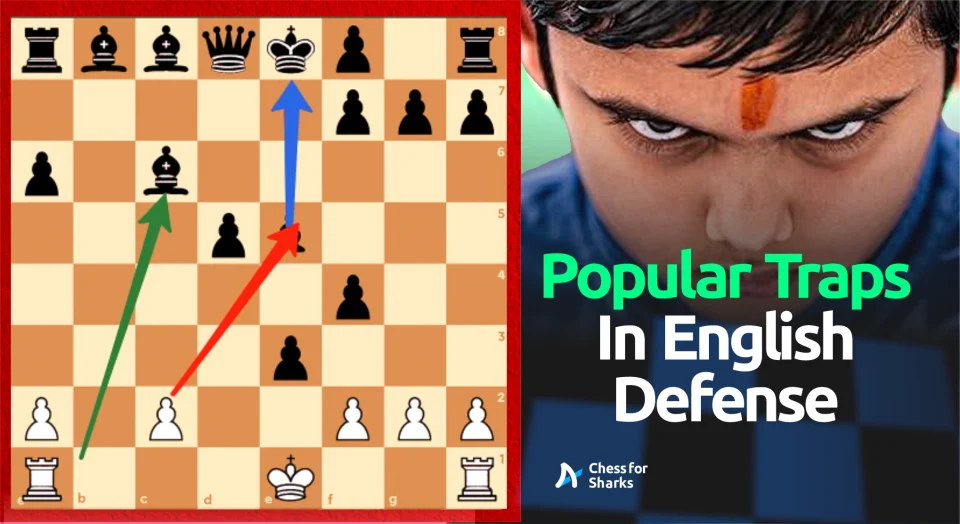


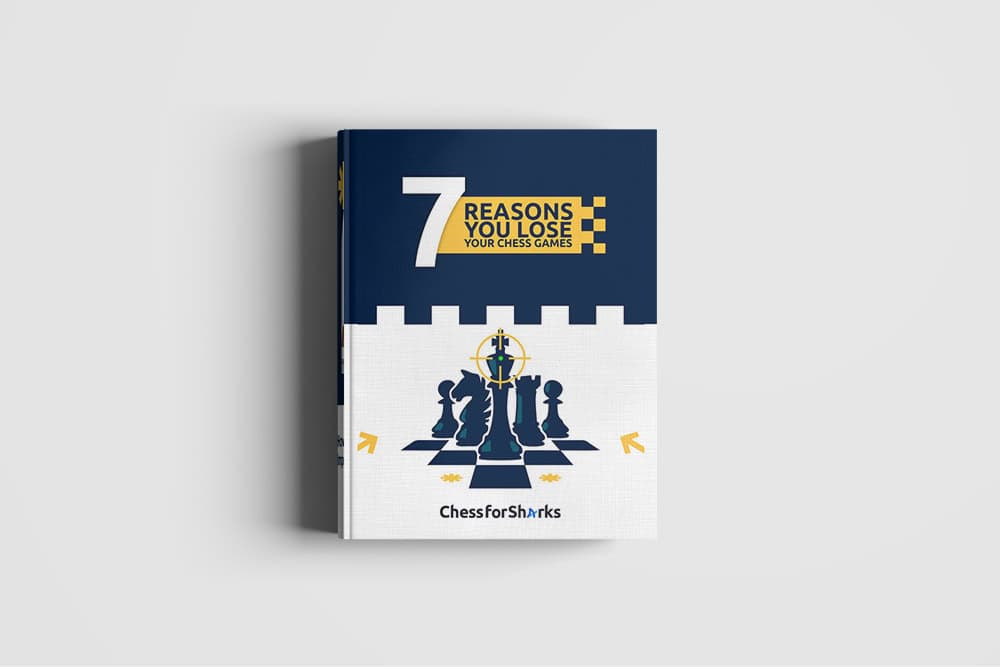


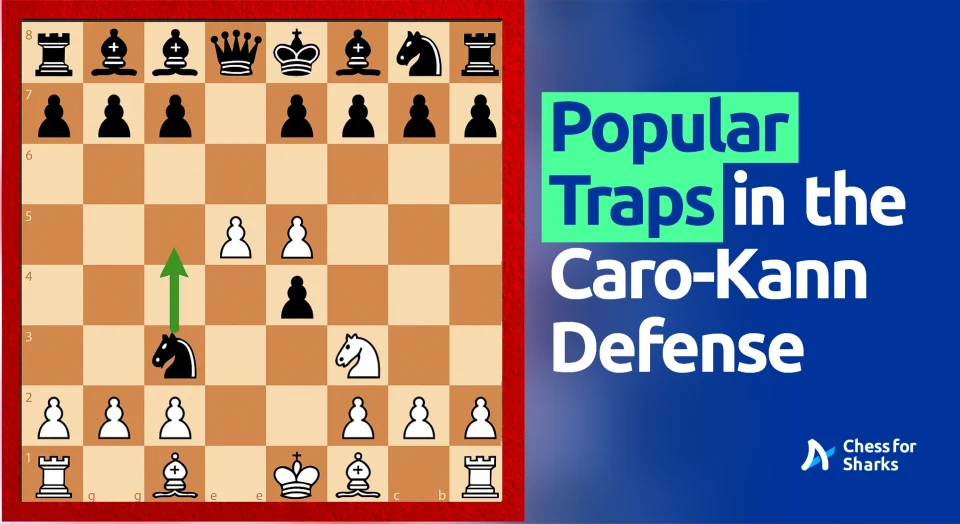
join the conversation